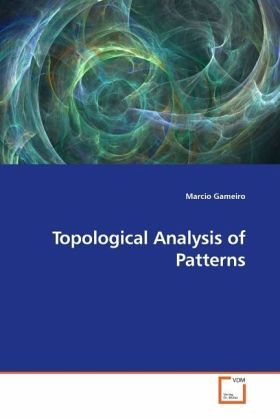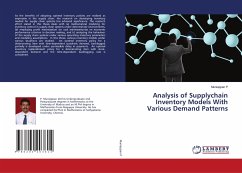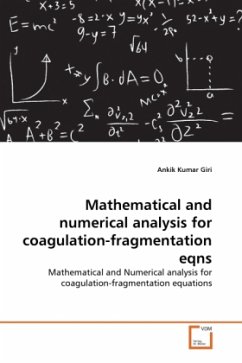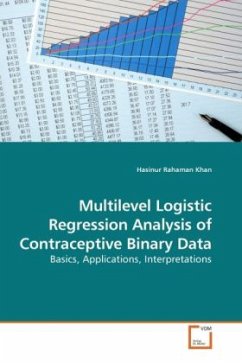
Topological Analysis of Patterns
Versandkostenfrei!
Versandfertig in 6-10 Tagen
32,99 €
inkl. MwSt.

PAYBACK Punkte
16 °P sammeln!
We use computational homology to characterize thegeometry of complicated time-dependent patterns. Homologyprovides very basic topological (geometrical) information about thepatterns, such as the number of components (pieces) and the number ofholes. For three-dimensional patterns it also provides the number ofenclosed cavities. We apply these techniques to patterns generated byexperiments on spiral defect chaos, as well as to numericallysimulated patterns in the Cahn-Hilliard theory of phase separation and onspiral wave patterns in excitable media. Some of the results obtained withthese techniq...
We use computational homology to characterize the
geometry of
complicated time-dependent patterns. Homology
provides very basic
topological (geometrical) information about the
patterns, such as the
number of components (pieces) and the number of
holes. For three-
dimensional patterns it also provides the number of
enclosed cavities.
We apply these techniques to patterns generated by
experiments on
spiral defect chaos, as well as to numerically
simulated patterns in the
Cahn-Hilliard theory of phase separation and on
spiral wave patterns
in excitable media. Some of the results obtained with
these techniques
include distinguishing patterns at different
parameter values, detecting
complicated dynamics through the computation of
positive Lyapunov
exponents and entropies, comparing experimental and
numerically
simulated data, and quantifying boundary effects on
finite size
domains.
geometry of
complicated time-dependent patterns. Homology
provides very basic
topological (geometrical) information about the
patterns, such as the
number of components (pieces) and the number of
holes. For three-
dimensional patterns it also provides the number of
enclosed cavities.
We apply these techniques to patterns generated by
experiments on
spiral defect chaos, as well as to numerically
simulated patterns in the
Cahn-Hilliard theory of phase separation and on
spiral wave patterns
in excitable media. Some of the results obtained with
these techniques
include distinguishing patterns at different
parameter values, detecting
complicated dynamics through the computation of
positive Lyapunov
exponents and entropies, comparing experimental and
numerically
simulated data, and quantifying boundary effects on
finite size
domains.












